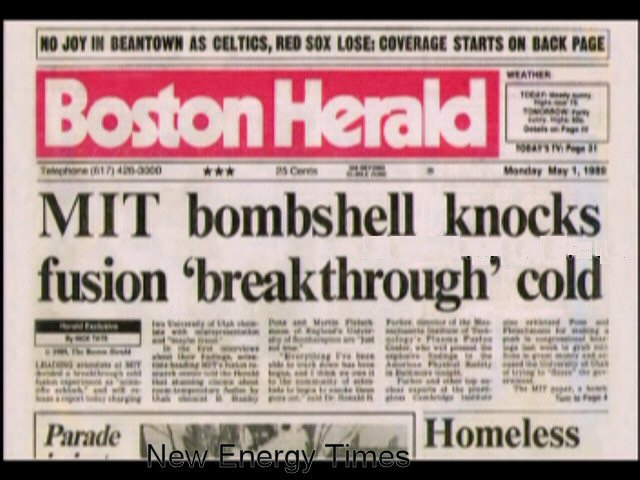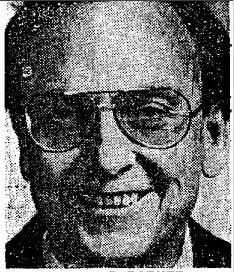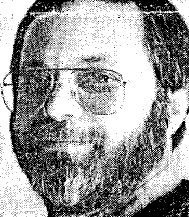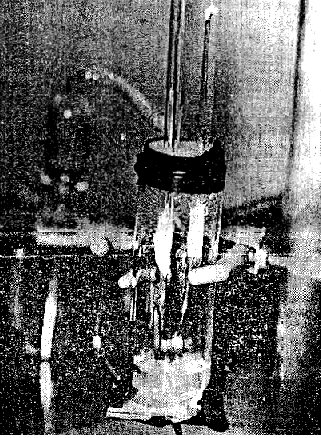 |
|
|
|
MIT Alleges Fraud Against Pons and Fleischmann
In technical terms, Pons and Fleischmann reported that an experiment involving palladium and platinum electrodes immersed in heavy water had yielded energy indicating nuclear fusion had taken place. Further, the scientists claimed the so-called “cold fusion” experiment had yielded more than four times the energy needed to produce it. Traditional research into fusion, the process that powers the sun and the hydrogen bomb, has focused on heating hydrogen to tens of millions of degrees. If the claims of cold fusion were borne out, Pons and Fleischmann would have made the scientific discovery of the century, opening the door for scientists to transform seawater into energy that could power a global civilization for millions of years. In the wake of the reports, most in the scientific community have remained skeptical about the Pons and Fleischmann research and have criticized what have been called the “unorthodox methods” they used. Until late last week, nearly all scientists have refrained from directly criticizing the pair, but in its April 27 issue, the prestigious British Scientific journal, Nature, speculated that the Utah experiment is fatally flawed and will never be verified. “The Utah phenomenon is literally unsupported by the evidence, could be an artifact and, given its improbability, is most likely to be one,” wrote John Maddox, editor of the 120-year-old magazine. The attack came dozens of scientists attempted to verify the results, none of them successful. In March, Stephen Jones of Brigham Young University conducted a parallel experiment, but found it generated far less energy than the earlier Utah model. Other scientists in Stanford, the Soviet Union and Europe also reported partial duplication, but none could reproduce the huge amounts of energy Pons and Fleischmann reported. The most recent experiments were done by a Yale University group Friday. They also were unsuccessful. Ballinger explained that MIT researchers, who have more sophisticated calorimetry and radiation detection devices than those at Utah, were unable to find any proof that neutrons were being released to produce the energy. “I think after five weeks we get to the point where we can no longer suspend disbelief, Parker said.
BY NICK TATE In scientific terms, the distinction is a bit more subtle. In the wake of the experiments by the University of Utah chemists, theories about just what is – or is not – happening in their fusion jars have abounded. In the Utah experiments, the scientists said platinum and palladium electrodes immersed in heavy water had yielded energy indicating nuclear fusion had taken place. In challenging the Utah experiments, MIT scientists Drs. Ronald R. Parker and Ronald Ballinger point to several discrepancies and apparent “misrepresentations” of findings. The MIT scientists said the raw data from the Utah research showed the chemists measured a peak generation of neutron energy of 2.5 million electron volts (MeV) – a number consistent with previously held scientific beliefs. But when the Utah researchers translated the numbers into a report that appeared in the Journal of Electroanalytical Chemistry, the number was shifted to 2.2 MeV –a neutron measurement that would suggest fusion activity. At the same time, the experiments produced a billionth the number of neutrons that theorists said would be produced by a normal fusion reaction. Parker also said a bell curve measuring neutron activity in the Utah experiments had the wrong height and shape - reflecting the possibility that neutrons in fact were not being generated. Ballinger also noted the “key points of verification” of the Utah experiment are the detection of neutron radiation and excess heat production – areas not clearly explained. In addition, the Utah scientists were criticised for not including “standard experimental procedures.” Among those breaks in tradition was their failure to conduct “control experiments” with ordinary water for comparison data.
SALT LAKE CITY – Two scientists under attack for their experimental claims of room-temperature nuclear fusion have lashed out at the source of the latest rebuff – the British Scientific journal Nature. Fusion researchers B. Stanley Pons and Martin Fleischmann said the prestigious journal forced them to withdraw their paper and made inaccurate statements, and that one editor was “mumbling in the dark.” On March 23, Pons, a professor at the University of Utah, and Fleischmann, of England’s University of Southampton (but currently doing research in Utah), announced they had achieved nuclear fusion at room temperature – potentially the scientific discovery of the century. While laboratories around the world have duplicated the experiment and reported similar results, others have reported failures and critics have remained unconvinced. Nature, in an April 27 edition that contained several articles on fusion, speculated that the Utah experiment is fatally flawed and will never be verified. Pons said Nature had dipped to “sensationalism of the worst type. I have never in my life seen such a scandal by a scientific journal to discredit two people. They have a privileged position that they are using.” David Lindley, Nature’s assistant physics editor, said there is frustration in the scientific world because the experiment hasn’t been confirmed, and Pons and Fleischmann are inaccessible to researchers. -AP
"Go to Original" links are provided as a convenience to our readers and allow for verification of authenticity. However, as originating pages are often updated by their originating host sites, the versions posted on New Energy Times may not match the versions our readers view when clicking the "Go to Original" links.
|
|




